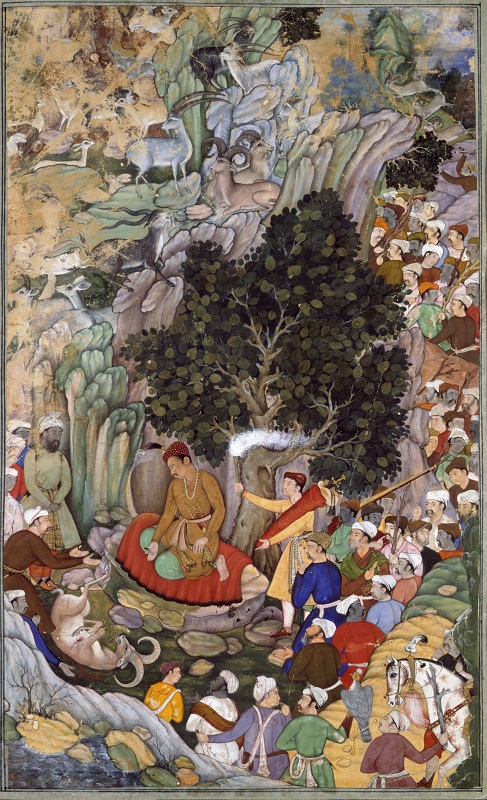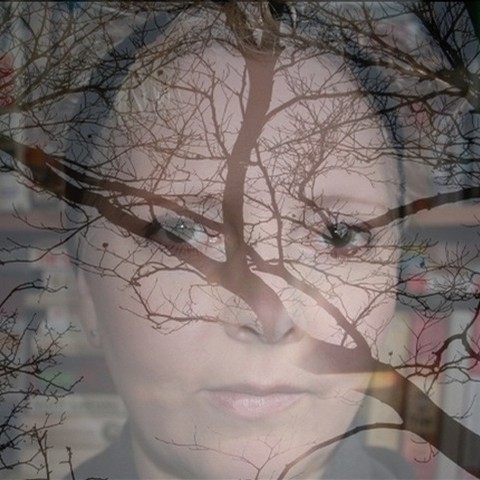Mughal India: Art, Culture and Empire at the British Library

Between the 16th and 19th centuries, the Mughal Empire spread over what is now India and beyond, the dynasty of 15 emperors ruling over a flowering of arts and culture which included palaces, scientific pursuits and the Taj Mahal.
For various historical reasons, the British Library already holds what is probably the greatest collection of Mughal manuscripts. Curated from that, and with several loans from other collections, the exhibition is reckoned to be the most extensive survey of the art of the Mughal Empire ever created, showing 200 treasures. The British Library does not simply display work: their exhibitions are highly researched and presented amidst scholarly activity, and a programme of learning and events around the history.
Through paintings, documents and manuscripts, the words which come to mind over and over again is exquisite, in colour, detail and skill. We get a sense of each emperor through portraits and the particular works they commissioned or owned. Works show an opulent courtly life, and also insights into more ordinary concerns, with books on science, cooking, and pigeon care. There are a few magnificent artefacts, notably a bejewelled golden crown from the early 1800s, also represented in a portrait.
There is much to read in this exhibition, but the works mesmerise in central place, offering a view of a lost world.
The exhibition ends with especially poignant photographs. Just as photography was emerging in the 1850s, the last Mughal emperor faced exile and the empire faded into history.
Eleanor MacFarlane
Mughal India: Art, Culture and Empire is at the British Library from 9th November 2012 until 2nd April 2013. For further information visit the exhibiiton’s website here.

























Facebook
Twitter
Instagram
YouTube
RSS